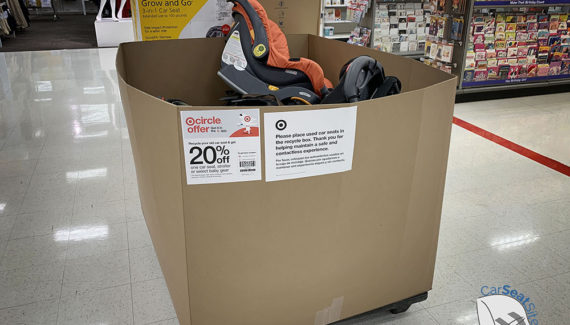 On August 30, 2018, the American Academy of Pediatrics (AAP) updated their child passenger safety policy to reflect current research and align more closely with the National Highway Traffic Safety Administration’s (NHTSA) recommendations. Previously, the AAP based their policy recommendations on a study later found to have statistical flaws so the study was retracted.
On August 30, 2018, the American Academy of Pediatrics (AAP) updated their child passenger safety policy to reflect current research and align more closely with the National Highway Traffic Safety Administration’s (NHTSA) recommendations. Previously, the AAP based their policy recommendations on a study later found to have statistical flaws so the study was retracted.
The new AAP guidelines stress using carseats to their weight and height limits.
Ages 0-3: Infants and toddlers should ride rear-facing until they reach the limits of their rear-facing carseat; most convertible carseats have higher weight and height limits than rear-facing only infant seats. Carseats are always in the back seat.
Ages 2-8: Once children have outgrown a rear-facing carseat, a forward-facing carseat with harness should be used until the highest weight and height limit allowed by the manufacturer is reached. Children are restrained in the back seat for best protection.
Ages 8-12: After a forward-facing harnessed carseat is outgrown, a belt-positioning booster seat should be used until the vehicle lap and shoulder belt fits properly (see the 5-Step Test). This happens usually at or above 4’9″. Children are restrained in the back seat for best protection.
If you’d like to read the full AAP Technical Report, it can be found here: 2018 AAP Technical Report.



No Responses Yet